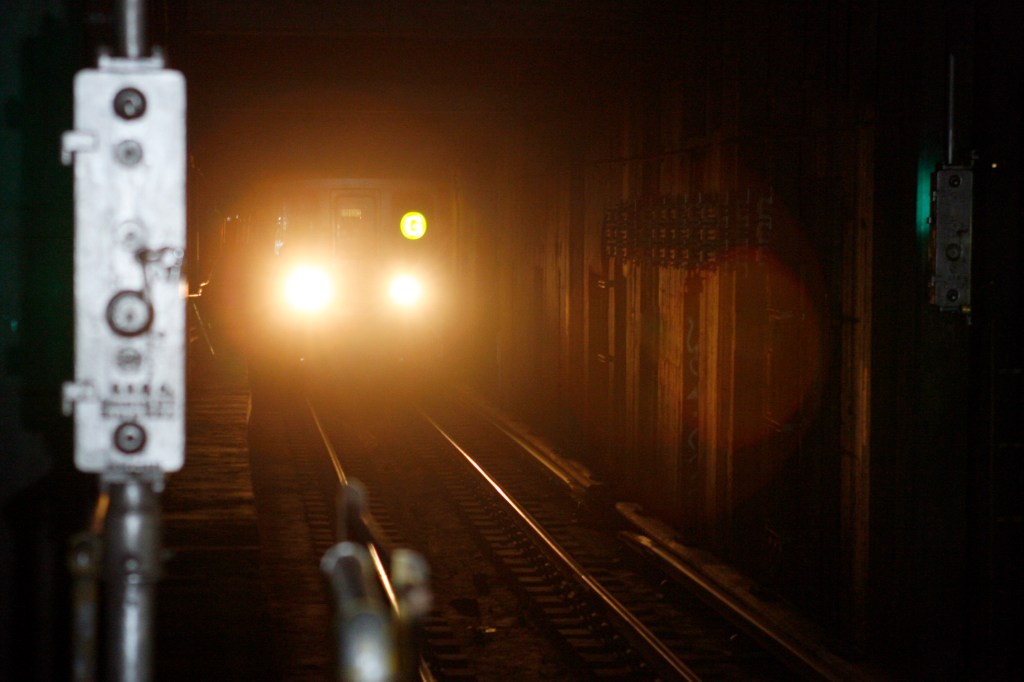Six-week G train closure will save $50M, avoid a year of weekend and night outages: MTA
Contact The Author
The MTA is pushing back against calls from Brooklyn politicians to ditch plans for a six-week G line shutdown to replace its ancient train control systems, arguing the alternative would mean a year of weekend closures — and add as much as $50 million to the cost.
Officials say they need the shutdown to get into the Brooklyn-Queens crosstown line’s tunnels and rip out the Depression-era stop light signals that frequently break and replace it with a new computerized system, which will increase reliability and allow trains to run more frequently.
The MTA’s tentative shut down schedule would hit Greenpoint, Williamsburg, Bedford-Stuyvesant and Clinton Hill with a set of 24/7 outages over a six-week period:
- June 28-July 5: No service between Court Square and Greenpoint Avenue;
- July 5-Aug. 12: No service between Court Square and Bedford-Nostrand;
- Aug. 12-Sept. 2: No service between Bedford-Nostrand and Hoyt-Schemerhorn;
The MTA has said it would provide frequent shuttle bus service to replace the trains during the closure.
The alternative, according to agency plans, would result in shutdowns across 40 weekends, plus additional overnight outages at an extra cost of $20-$50 million to the $621 million project.
And even if they spread out the work, officials say, G train would only be able to run a limited schedule at slower speeds, changes that also frequently leave enrage straphangers.
“The MTA is committed to delivering a world-class subway system for G train customers, including through upgrades to install modern, more reliable signals, and appreciates the perspectives of local leaders in Brooklyn and Queens on ways to improve the transit experience,” said agency spokesman Eugene Resnick.
However, the six-week plan has run into massive resistance from delegations to the City Council and Albany statehouse, who are pushing the MTA to come up with another option as G train is the only subway serving in Greenpoint and the only line that runs north-south along the booming waterfront.
“I think they’re overstating the number of weekend closures that would be necessary to get the work done,” said the local Councilman Lincoln Restler (D-Brooklyn). “But, we’ve been in active communication with the MTA and exploring having even more frequent shuttle bus service.”
“If the MTA is unwilling to reconsider the six week long shutdown, we’re going we can to ensure that Greenpoint has access to fast, reliable and frequent shuttle bus service,” he added.
The G has long been the source of jokes, complaints and pride for neighborhoods in Brooklyn and in Queens.
A decade ago, the northern section was shut down for five weeks to repair and rehab the Greenpoint tunnel following flooding from Superstorm Sandy.
Officials have kept the line running during other repair programs. But, it often requires the agency to run the line in segmented chunks that require frequent transfers and limited schedules, both of which also leave frustrated and furious riders railing against the MTA.





